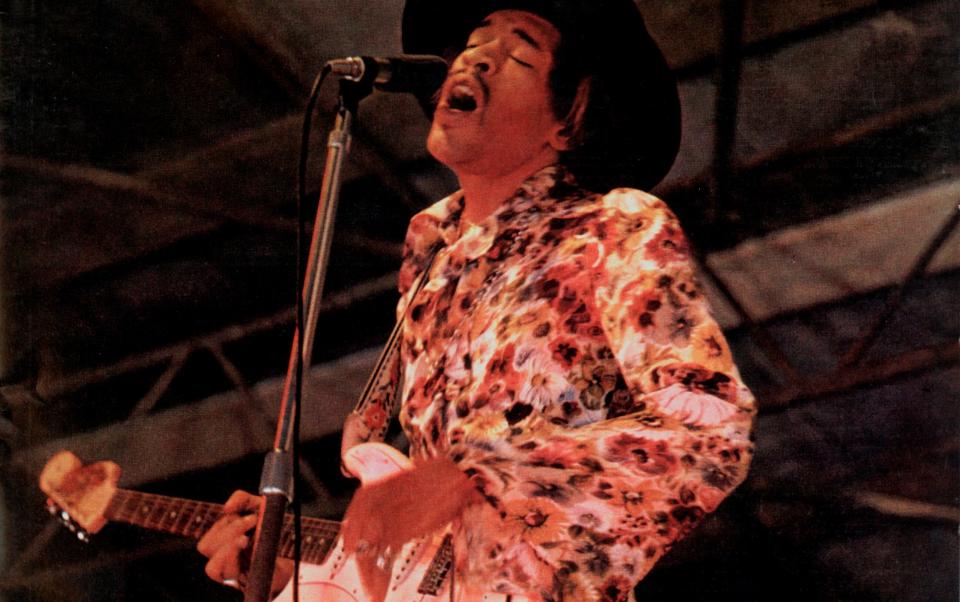Riffs versus solos: which rock harder?
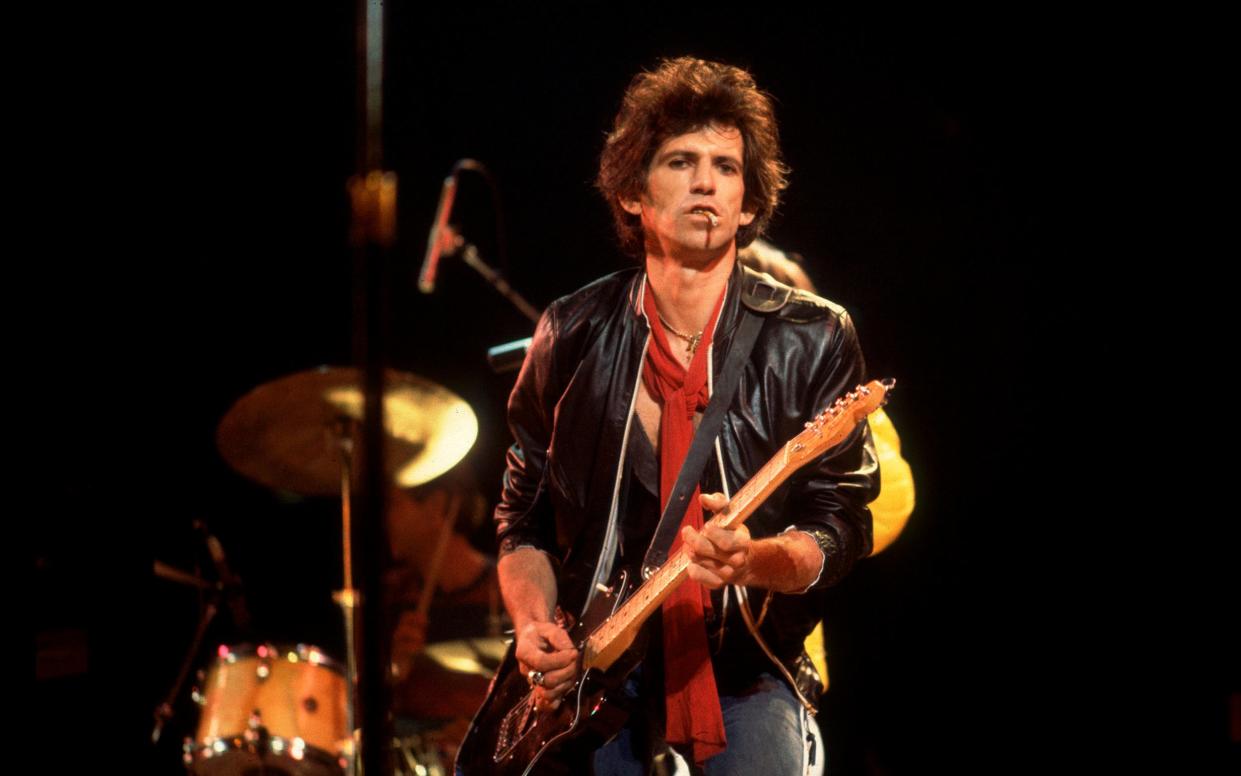
“Solos come and go, riffs last forever,” Keith Richards declared on the Today show on BBC Radio 4. That’s fighting talk from the man they call the Human Riff.
In the guitar-driven rock genre that reigned as the most popular musical form of the second half of the 20th century and is still very much alive and kicking today, do riffs or solos represent the pinnacle of the form?
Let us set out terms. A riff is a sequence of repeated notes that appears regularly throughout a song, sometimes as basic as a short chord progression, sometimes a hooky motif or refrain cycling at repeated rhythmic intervals. It is certainly not confined to rock ’n’ roll (Ravel’s Bolero is based on a riff, as are many classical pieces) but has undoubtedly been one of the prime movers and most cherished elements of rock culture – and Richards one of its greatest masters.
Solos are a point of musical focus and release, when an individual musician essentially breaks free from the structured form to take flight, showcase their skills, and add whole new levels of drama, emotion and movement. In rock music, a great solo is often the ecstatic high point of a song, exploiting lyricism, melody, tone, imagination, special effects.
Again, you can play solos on any instrument, but the amplified electric guitar surely has something truly special, singing with the expressiveness of a human voice yet with a potential range beyond any vocalist. The guitar hero in rock culture is almost always the lead soloist. When you see a poll of the greatest guitarists ever, it is the virtuosos who take the top spots: Jimi Hendrix, Jimmy Page, Eric Clapton, Jeff Beck – the players who can execute impossible feats of dexterity while making their instrument tell a unique story. A great solo is mesmerising, elevating, at times utterly mindblowing.
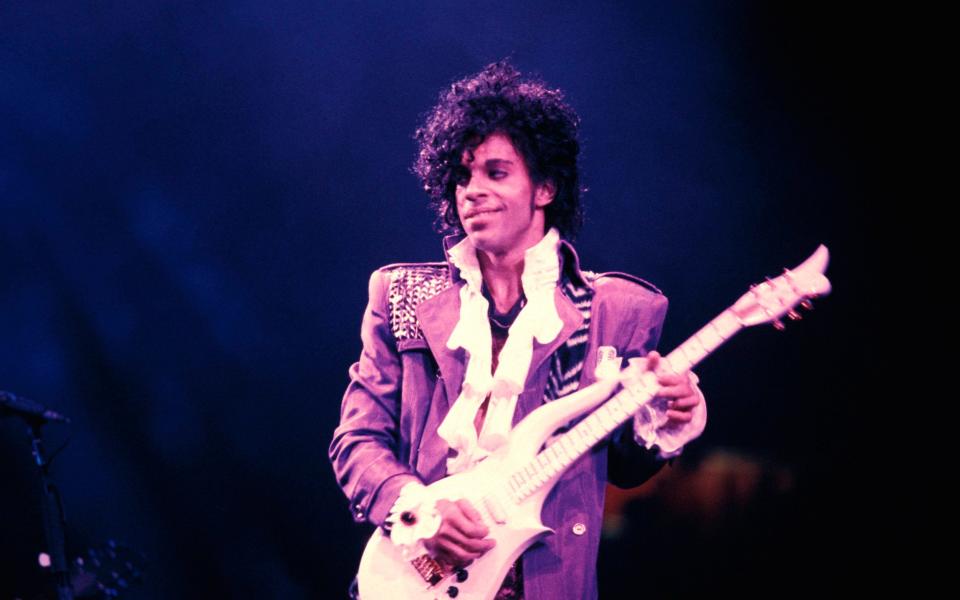
You don’t have to be as technically adept to play a riff as a solo, but you do need rhythm and feel. Sometimes riffs can be really dumb, the first thing that happens when you hit a sequence of notes in a particular chord. Guitarists stumble across them, perhaps incredulous that no one has played this before. One of the most amazing things about riffs is that they’re still there to be discovered, after more than a century of blues and rock. Imagine how Jack White felt when he concocted Seven Nation Army in 2003, which can be literally played while holding a two-finger E-minor position and moving one finger to the C note.
Arguably the original and still one of the ultimate rock riffs is You Really Got Me by The Kinks from 1964, which guitarist Dave Davies hit upon having slashed his amp in a fit of angst, accidentally creating a distorted sound that changed rock history. The riff (composed on piano by his brother Ray Davies) ricochets jaggedly between F and G power chords. And that’s it. Any starter guitarist could play it, and most have. And therein lies its power.
“We’re not playing for geniuses,” Richards chuckled when I discussed this kind of “dumb” quality, an unapologetically basic style you can still hear in the riff that powers The Rolling Stones’ fantastic comeback single Angry. Richards is a guitarist whose rhythmic playing has driven right through the centre of some of the greatest rock songs of all time, powering up Jumpin’ Jack Flash, Gimme Shelter, Honky Tonk Women, Tumbling Dice, Start Me Up and, of course, (I Can’t Get No) Satisfaction, all songs riding on short repeated sequences of chords and notes.
It is not that Richards is averse to guitar solos, peeling off magnificent rough-and-tumble bursts of fiery lead over his own riffing on Gimme Shelter, recorded when the Stones’ usual lead instrumentalist Brian Jones had incapacitated himself with drug addictions. But Richards is happiest in the engine room, pushing the song along, functioning (in his view) as “part of the rhythm section”.
Richards has probably squeezed more from subtle variations and nuanced movements of essential chord shapes than any other guitarist. “I got the riffs,” as he proudly told me when I interviewed him last month.
I think Richards is right to proclaim that riffs are the beating heart of rock ’n’ roll and will resonate longer and louder in pop history. Any guitarist can play a riff, everyone can sing along with them, they have an earworm hookiness that can be impossible to dislodge, and they hold great rock songs together rather than adorning them. Different guitarists will play different solos and variations, but if you change the riff, you change the whole song. Put it this way, solos are the icing on the cake, but riffs are the cake itself.
Yet the magic of the Stones’ guitar parts has always lain in having two guitarists wrapping and weaving around each other, effectively meaning that while Keith can riff to his heart’s content, Ronnie Wood (and before him, the great Mick Taylor and the wondrous Mr Jones) peels off individual licks and solos, and the Stones (and their audience) get to enjoy the best of both worlds. You really shouldn’t have to make a choice when it comes to riffs and solos. After all, what would a cake be without the icing?
Top 10 riffs
10. You Really Got Me – The Kinks (1964)
Two chords, five beats, oodles of distortion. Dave Davies at the birth of heavy rock.
9. Ticket to Ride – The Beatles (1965)
Five chiming George Harrison notes (composed by John Lennon) was a turning point for a grown-up Fab Four.
8. Back in Black – AC/DC (1980)
Angus Young’s teasing combination of stop-start chords and two nimble lead licks is as sexy as riffology can get.
7. Iron Man – Black Sabbath (1970)
Tony Iommi is heavy metal’s original riffmeister. The slow, sludgy and sinister sound of a six string apocalypse.
6. Walk This Way – Aerosmith (1975)
Joe Perry was trying to channel the funky sounds of The Meters and James Brown. With Run DMC onside it became a hip-hop classic in 1986.
5. Money – Pink Floyd (1973)
Riffs don’t have to batter listeners into submission. Roger Waters’ bass and David Gilmour’s guitar beguile us in slippery 7/8 time.
4. Seven Nation Army – The White Stripes (2003)
Jack White goes to war in E minor, and football stands have been singing it ever since.
3. Smoke on the Water – Deep Purple (1973)
Richie Blackmore claimed his monster riff is an inversion of Beethoven’s Symphony No. 5 motif. Who needs an orchestra when you’ve got a distortion pedal?
2. (I Can’t Get No) Satisfaction – The Rolling Stones (1965)
Keith Richards conceived the riff as a horn part, but his fuzzbox demo was released against his wishes, and rock history was made.
1. Whole Lotta Love – Led Zeppelin (1969)
Jimmy Page’s distorted, string-bending one-bar scorcher drives relentlessly through the most rifftastic song in rock and roll. Turns out Page was pretty hot when it came to solos too.
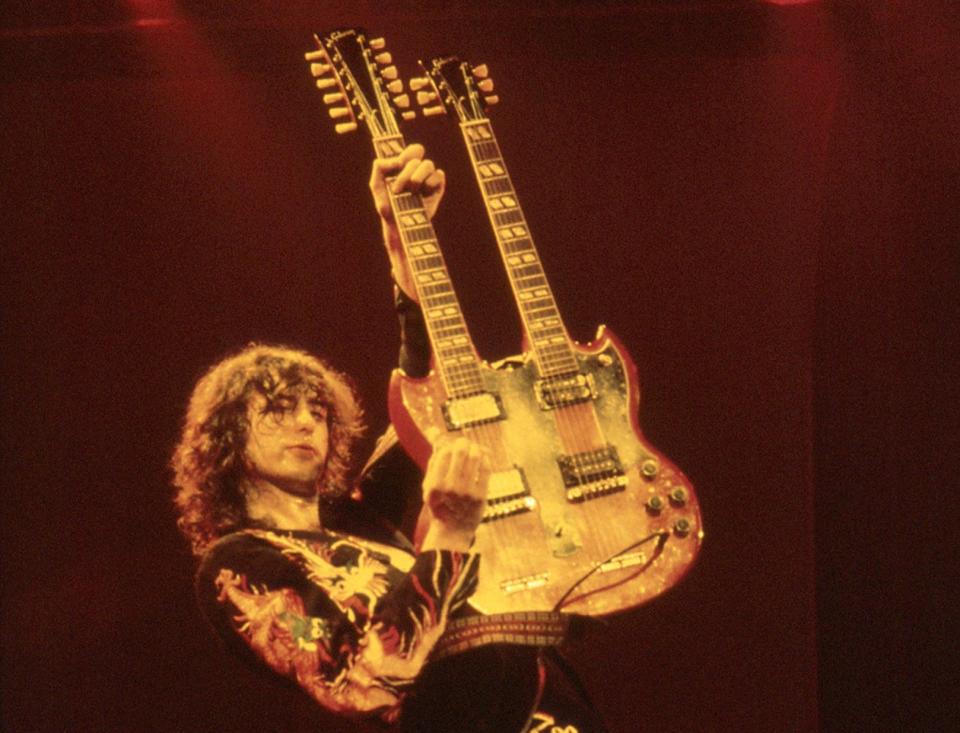
Top 10 solos
10. Cause We’ve Ended as Lovers – Jeff Beck (1975)
Heartfelt emotion on a Stevie Wonder cover from the most technically dazzling guitarist who ever plugged in.
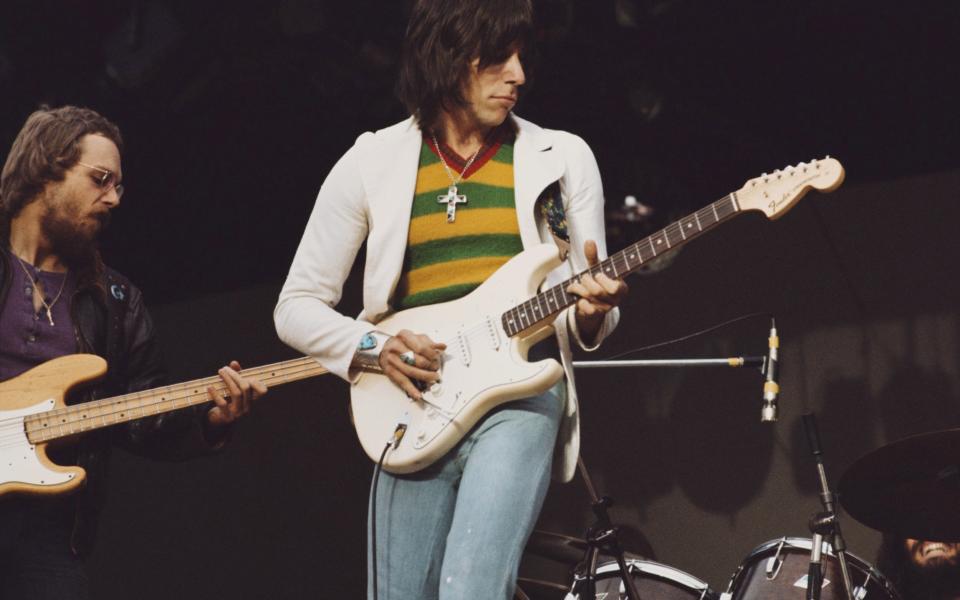
9. Reapers – Muse (2010)
Matt Bellamy shows off all the skills on a shapeshifting solo that includes furious shredding, synthetic bleeping and pitch-shifting metal-grinding. Astonishing stuff.
8. While My Guitar Gently Weeps – The Beatles (1968)
Eric Clapton weeps and wails all over George Harrison’s mournful melody
7. Purple Rain – Prince (1984)
As wild, fluid and free as the Minnesota multi-instrumentalist’s soulful vocals.
6. Hotel California –The Eagles (1976)
Soaring, uplifting twin leads from Joe Walsh and Don Felder take off into the ether.
5. Like A Hurricane – Neil Young (1977)
Never as technically adept as most guitar heroes, it’s all about the feeling with Young, who can sustain one note like a primal force.
4. Shine On You Crazy Diamond – Pink Floyd (1975)
David Gilmour offers a trademark cerebral purity on this moving, meditational, un-showy expression of pure melody and tone.
3. Since I’ve Been Loving You – Led Zeppelin (1970)
Jimmy Page is an incredible master of lyricism, melodicism and musical storytelling. Stairway to Heaven is his ultimate epic, but this is a heartbreakingly beautiful expression of desperate passion.
2. Moonage Daydream – David Bowie (1971)
Guitarist Mick Ronson put the Stardust in Ziggy. A sci-fi blowout from Hull’s finest, who picks up Bowie’s song up and sends it spinning into outer space.
1. Voodoo Child (Slight Return) – Jimi Hendrix (1968)
Evil blues from the greatest rock guitarist ever.
